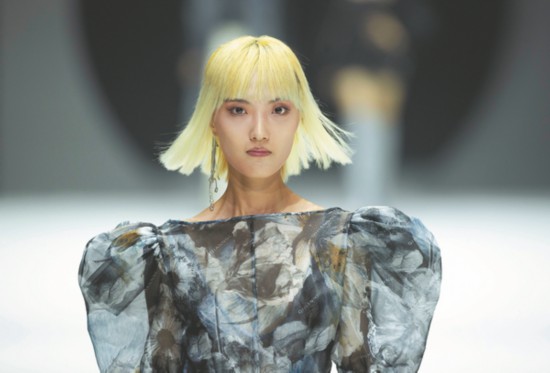
Cui Huiling hits the runway at the China International Fashion Week in Beijing. CAI YANG/CHEN YEHUA/XINHUA
The Spring edition of the 2025 China International Fashion Week recently concluded in Beijing, presenting nearly 100 runway shows that transformed the city into a vibrant hub of art and innovation. Behind the dazzling lights and meticulously crafted collections were the tireless efforts of models, designers and backstage crews — all working in harmony to bring fashion fantasies to life.
Among them was Cui Huiling, a model of the Korean ethnic group from the Yanbian Korean autonomous prefecture in Northeast China's Jilin province, who has carved a niche for herself in the competitive world of high fashion.
A graduate-turned-professional model, Cui has walked runways from Beijing to Milan and was honored as one of China's top 10 models at last year's China International Fashion Week. Yet, as she reflects on her journey, she emphasizes that the glamour of the catwalk is just one facet of a demanding profession.
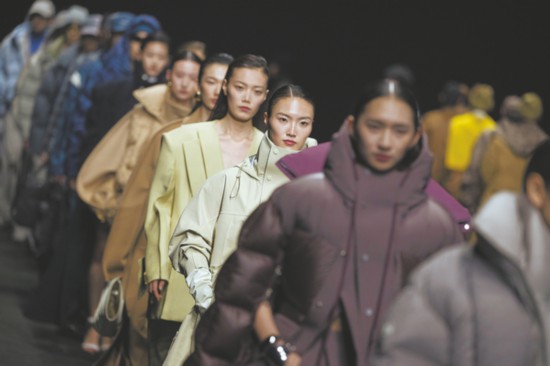
Models, including Cui Huiling (first in light clothing) of the Korean ethnic group from the Yanbian Korean autonomous prefecture in Northeast China's Jilin province, present designers' garments at the 2025 China International Fashion Week in Beijing in March. The event gathered about 270 designers and 230 brands from 12 countries and regions. CAI YANG/CHEN YEHUA/XINHUA
For every fashion show, models like Cui arrive hours in advance — a whirlwind of fittings, hair and makeup trials, and last-minute adjustments.
"Backstage is a battlefield of precision," Cui says, adding that you might have 30 seconds to change outfits, fix your makeup, and step back out with perfect composure.
This season, she walked for multiple designers, each presenting distinct aesthetics — from avant-garde tech-infused designs to collections celebrating traditional Chinese motifs.
"A model isn't just a hanger for clothes; you must convey the feeling that the designer wants to express," she explains.
To embrace the spring season with color, vitality and rebirth, this year's event gathered about 270 designers and 230 brands across 12 countries and regions.
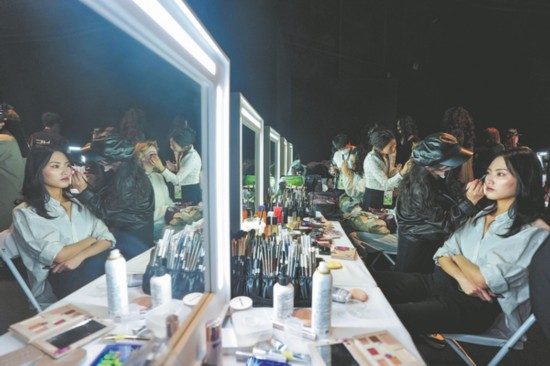
Models have makeup applied backstage at the fashion week before hitting the runway. CAI YANG/CHEN YEHUA/XINHUA
Beyond the spectacle, the shows underscored China's growing influence in global fashion, blending cutting-edge technology (artificial intelligence-assisted styling and biodegradable fabrics) with cultural storytelling — such as reinterpretations of qipao silhouettes or ethnic group embroidery.
Founded in 1997, China International Fashion Week has been witness to the development of the country's fashion industry and become an important platform connecting designers and markets.
One highlight at the 2025 China International Fashion Week was youths from the Miao and Dong ethnic groups in Guizhou province showcasing the vibrant spirit of their cultures.
Fashion designer Yang Chunlin brought the rustic charm of Southwest China to Beijing in a rural fashion show in Kaili featuring traditional ethnic costumes.
For Cui, her Korean ethnic group background has added diversity to her runway presence. As the nine-day fashion week wrapped up on March 28, Cui was already preparing for her next catwalk.
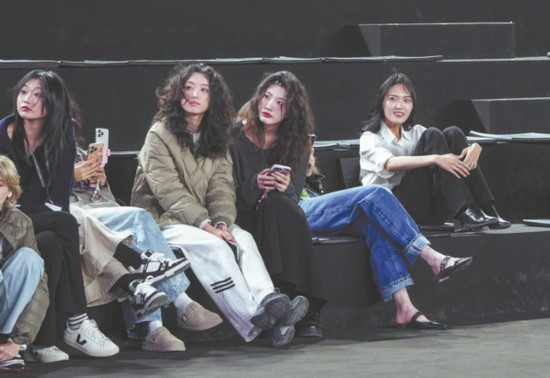
With other models, Cui (right) waits for rehearsals before the show at Beijing's 798 Art Zone. CAI YANG/CHEN YEHUA/XINHUA
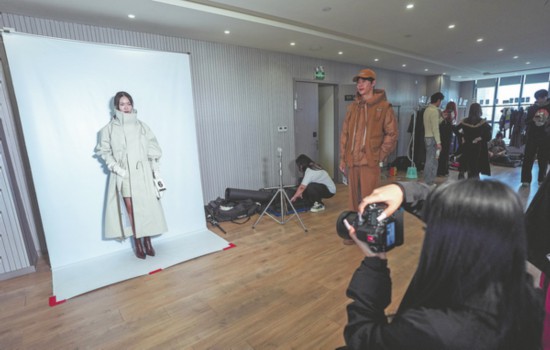
A photo shoot for Cui in Beijing during the fashion week last month. CAI YANG/CHEN YEHUA/XINHUA
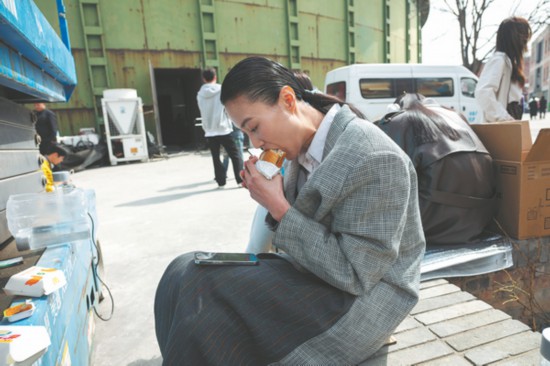
During a break between rehearsals for the fashion week, Cui grabs a hamburger. CAI YANG/CHEN YEHUA/XINHUA
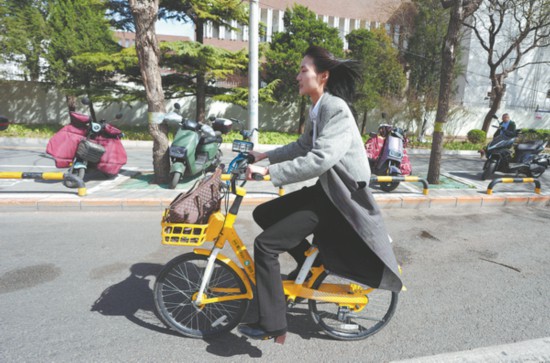
Riding a shared bike, Cui is on her way to try clothes for the next day's fashion show. CAI YANG/CHEN YEHUA/XINHUA
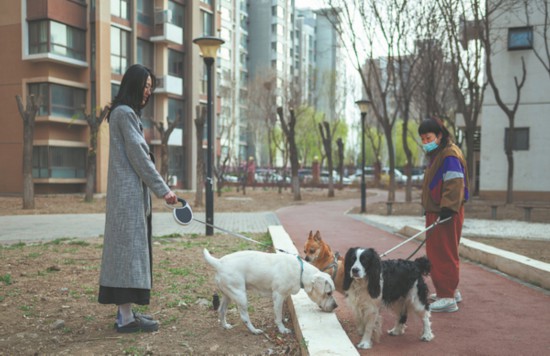
In the community where she lives in Beijing's Chaoyang district, Cui (left) walks her dog. CAI YANG/CHEN YEHUA/XINHUA
 Editor:Qiu Xiaochen
Editor:Qiu Xiaochen